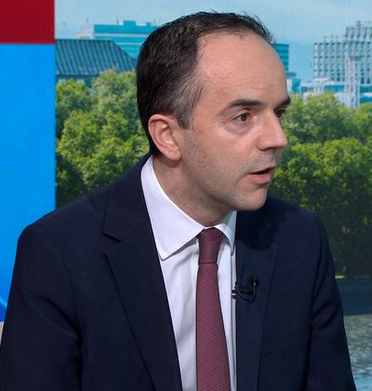After announcing its long-term commitment to tackle climate change and reduce carbon emissions, Hamad International Airport in Qatar is celebrated its successful renewal of the ACI (Airports Council International) Airport Carbon Accreditation (ACA) programme, which includes a target to improve carbon efficiency by 30% by 2030 along with a series of initiatives to help save energy and optimize the consumption of vehicle fuel.
Globally, Hamad International Airport (HIA) is one of 173 airports accredited to the Airport Carbon Accreditation programme, and uniquely, is the only airport to have included carbon emissions generated since its very first day of operations, in April 2014. The ACI’s Airport Carbon Accreditation programme offers certification at four levels which reflect incremental challenges in measuring, managing and improving carbon emissions.
Currently at Level 1 ‘Mapping’, HIA has ambitious plans to progress to higher levels of accreditation and to demonstrate an approach to managing climate change that compares favorably with other world leading airports. Central to this ambition is HIA’s commitment to deliver a new target to improve carbon efficiency per passenger by 30% by 2030 against a 2015 baseline. A new Energy Working Group has been created to help deliver this target which has a team of electrical, engineering and environmental technical specialists with the remit to identify and progress energy saving initiatives across the whole airport campus.
Engineer Badr Mohammed Al Meer, Chief Operating Officer of Hamad International Airport said: “We believe in our environmental responsibility and are committed to tackling climate change as a core component of our business strategy. It is in our best interest to develop a sustainable future for our airport by effectively managing the environmental impacts of our operations.
We’re actively pursuing the higher levels of Airport Carbon Accreditation by engaging all airport stakeholders to continually reduce energy demand through new technology and improved operational practices and by considering further investments in low carbon energy generation.”
HIA recognizes that achieving its ambitious carbon target will depend on energy efficiency being built into the design of future airport development.
The Airport Vehicle Programme has plans to support airport businesses to further improve vehicle management, such as introducing on-board telematics to enable the tracking and analysis of vehicle use and driver behavior.
It will also provide a valuable role in sharing the experiences of businesses that have already begun to introduce new technology, such as Qatar Aviation Services, who have a fleet of clean vehicles which will expand from 66 to 91 electric vehicles early in 2017.
















